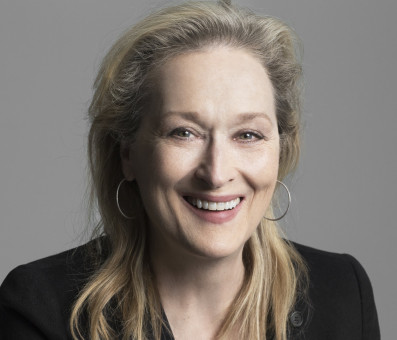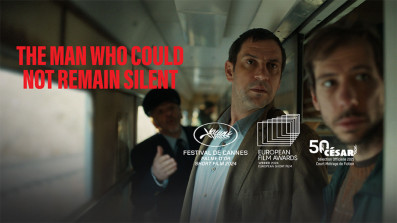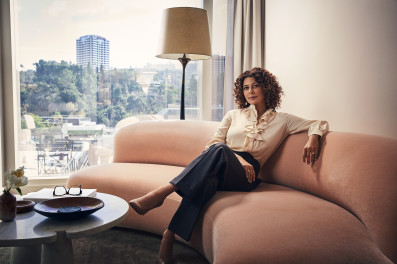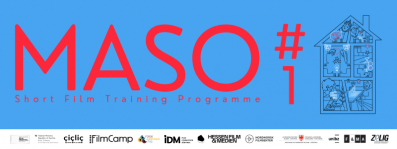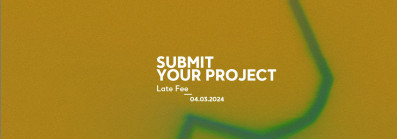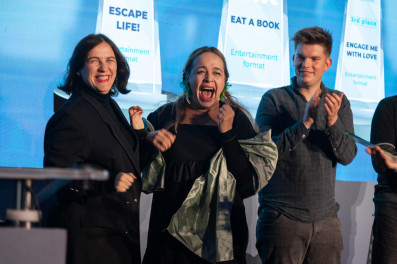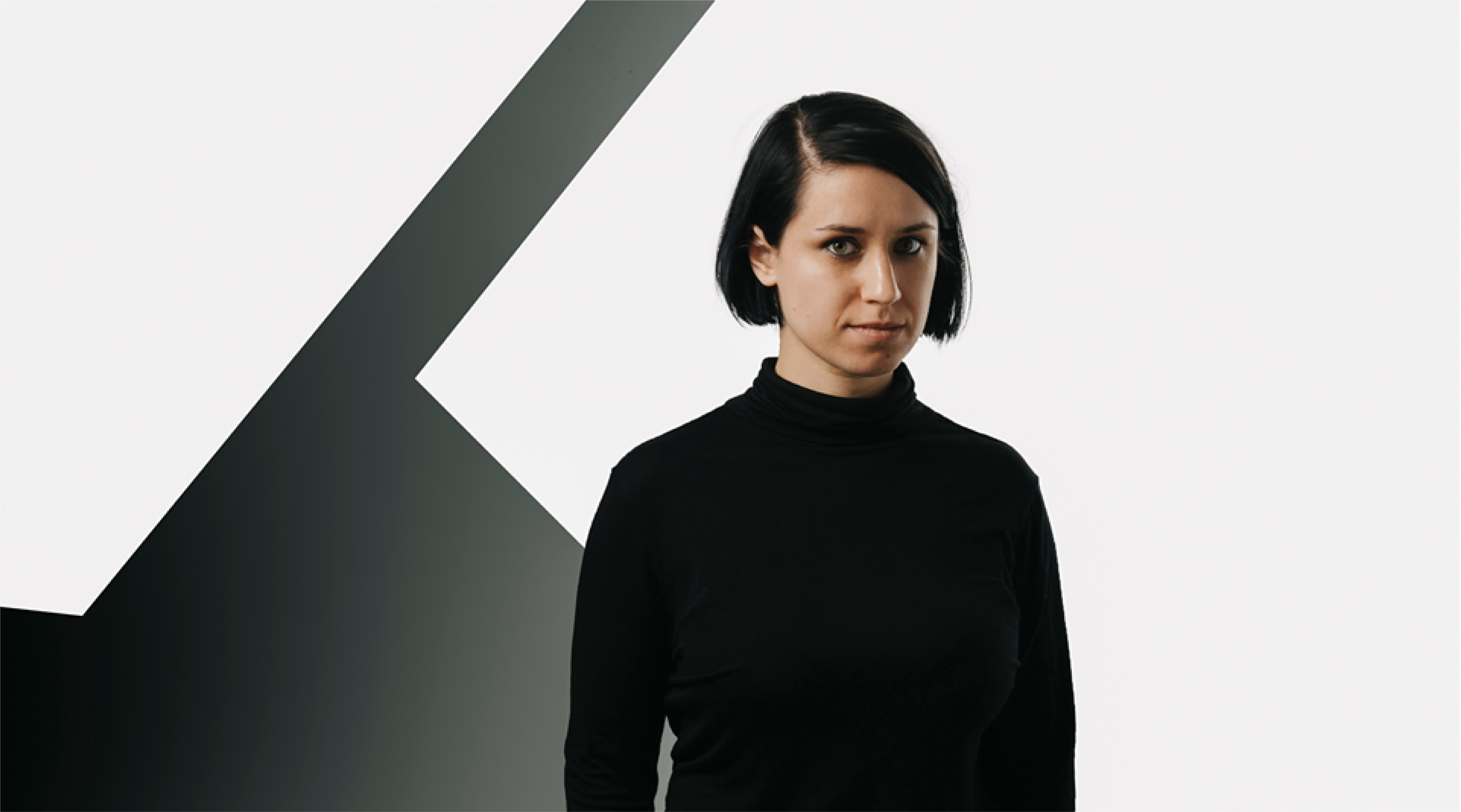
Interview with Anna Szöllösi director of “Helfer”
Film will have its screening in European Shorts programme at Sarajevo Film Festival
For Duart Platform our Tettyo Saito had the opportunity to talk with Hungarian director Anna Szöllösi. Anna was born in Budapest in 1989. She spent her childhood in Tehran (Iran) in an artist community, where she got to know Art in its various forms and expressions. She moved back to her hometown and studied drawing during her high school years. In 2019 she graduated in MA animation at Moholy-Nagy University of Art and Design in Budapest. For a semester she participated in a student exchange program at School of Creative Media, City University of Hong Kong. As an independent artist, she has made several short films and has worked in various feature-length animated films and documentaries. Currently, she is working as a freelancer in her hometown. Her latest film Helfer, the cause of this interview, will have its screening in European Shorts programme at Sarajevo Film Festival.
Why do you want to become an animation director? And how did you become it?
Why do you want to become an animation director? And how did you become it?
Honestly, it just happened to me naturally, without thinking about it too much. I always knew that I was mostly interested in art studies and I started drawing at a very young age. During my high school years, I started attending an art school, where Ferenc Rófusz (The Fly - A légy, 1980) was my tutor. I made my first moving images there. One of my first animation that I can remember was a very primitive, 4 second long, looped morph called "Head Replacement". The story is very simple: the protagonist is playing football by herself, and as she kicks the ball, the ball bounces around, replaces her head, and finally, her head arrives into the soccer goal. The head finally rolls back and the ball and the head morph back into their original state. When I first saw this sequence finished, projected to the wall, looping around, I was just amazed by the fact that this football playing girl did actually come to life. It may sound a bit silly, but it was truly a life-changing experience, so I kept going on.
When you're interested in film, what films did you watch? At that time what film could you watch in Hungary?
This is a very difficult question since there are so many favourites that I have. I mostly watch strange, melancholic and mysterious films. I also watch lots of documentaries. Just to name a few very inspirational directors: Yorgos Lanthimos, Asghar Farhadi, Béla Tarr, Alejandro Jodorowsky, Lars Von Trier, David Lynch, Michael Haneke, Kim Ki-duk, Joshua Oppenheimer, Ron Fricke.
What is the starting point of "Helfer"? Your own experience, several news in Hungary or some other things?
It is based on very personal experience. Throughout my life, I was always struggling with anxiety and I have always feared death. There was a specific night when I had a dream about dying. The dream wasn't about the circumstances of my death, it was rather the feeling itself: my thoughts and emotions leaving my body. It was a very intense experience that stayed with me for a long time.
Years ago, I went to see a therapist, with whom I have developed a very deep, but also strange connection. I was seeing him for about a year. The therapist was a mature man, who probably also had existential struggles himself. Our relationship started developing into something, that I felt like had started crossing borders, but it was very difficult to define, which was incredibly confusing. When we realized that the therapy started going into a path, where it is not improving my condition anymore, we said goodbye to each other. For years after this experience, I had a very intense feeling of failure, confusion and grief. I had a difficult time letting this memory go, so I decided to face it, and understand this situation and my emotions as well as I could, with a medium that I know how to handle the best: by making a film out of it.

This animation is composed of two vivid colours; white and navy blue. The gradation of these colours illuminates the protagonist's insecure psychology in a beautiful way. How did you decide to choose these two colours for this film, not simply black and white?
An important concept during the making of the film was to create a feeling of uncertainty in the viewers. I chose the navy blue colour because I was trying to find a shade which is on the edge: which is really close to black but is still a blue colour. When they first screened the film, people came up to me afterwards and asked, "this was blue, right?" I felt very satisfied because this was exactly what I was looking for. Also, I felt that with the use of this colour combination resemble the visuals of Chinese porcelain, which gave the images an even more fragile look, as the topic itself is fragile.
One of the impressive things is your way to use a blank. At first, when the protagonist talks with her doctor, there is no furniture or wall in the room, just a white blank. Later, you use a navy blue blank as water. This blank is key for the animation to represent the protagonist's inner world. Why did you decide to use a blank for this animation?
It was important to me that during the film, all the focus goes on the relationship between the two characters: their emotions, their communication and their metacommunication. By using only the necessary elements in their environment and making the visuals as minimalistic as possible, I felt that the feelings of the woman and the helper have become more highlighted. Also, the blank surrounding around the helper made him look like a more powerful person, almost godlike: by being in a space that is out of this world, but which is also his own territory.

There are many animals like a fish or dragonfly, but a snail has the biggest presence in this film. They appear firstly in the film's world, and its flock creeps on the floor or the doctor's skin. For me, snails represent the insecurity and change of the protagonist's mind. How did you decide to feature this animal in the animation? Is there a personal memory about them? Or does it have special meaning in Hungary?
It doesn't have a special meaning in Hungary, but indeed I did use snails as a representation of a slow change coming in the protagonist's mind. Snails are slow creatures (compared to other animals at least), and as the film is slow-paced, the passage of time is difficult to define. The snail also reminded me of a somewhat perverted erotic theme, with it's the squishy and slimy body.
In this animation, water plays the most essential role. Water moves, waves and fulfils with the protagonist's mind. Its action is depicted in a truly breathtaking way. So, what is the most important thing to describe water with the animation?
Thank you. To me, water represents life itself: birth, fertility and refreshment. It is inevitable to live without it. I wanted to use the movement of water to symbolize the change, during the passage of time. As the story begins, the protagonist's biggest fear is water itself, and she demonstrates this at the beginning of the film by asking for a glass of water but refusing to drink from it. I wanted to show that later in the film, she is somewhat forced in a situation, where she is all alone in an environment where water surrounds her from everywhere. But she also makes the decision to face these fears by herself and immerses into the water.
How is the current situation of Hungarian animation? From the outside, it seems very good. New talents appear on the prestigious film festivals like Milorad Krstić at Locarno, Tóth Luca at Cannes, Andrasev Nadja at SXSW. But from inside, how do you see the current situation?
Yes, Hungary is full of incredibly talented and successful animation directors. In this topic, I can only talk about my subjective perspective, but in my opinion, in Hungary, there are many, many advanced minded filmmakers who are thinking innovatively. So overall I am happy to be surrounded by a very strong animation community.
When cinephiles want to know Hungarian animation history, what animation should they see? And why?
Since there are so many important animated filmmakers, it is impossible to mention many of them. But for example, if the viewer is more interested in experimental approaches, I would recommend the works of György Kovásznai, Sándor Reisenbüchler, István Orosz, Tamás Waliczky. If the viewer is rather more interested in entertainment cinema, I would recommend "Cat City" (Macskafogó, 1986) by Béla Ternovszky. The most notable filmmakers who made an animation for children audience are Zsolt Richly (Kockásfülű Nyúl, 1977-1979) and Marcell Jankovics (Magyar Népmesék, 1980-2012).
If you choose one favourite Hungarian animation, what film do you choose? And I want to know why. Is there a personal memory?
One that immediately came to my mind is Csaba Varga's The Wind (A szél, 1985). It is a very philosophical, experimental animated short film, exploring the nature of time. In an intensifying windstorm, perpetually moving figures appear and are unable to break out of their cyclically repeating present tense, with continuous inaction. With its minimalistic music, in the absence of real-time, without meaningful happenings and action, it throbs in one place and revolves around itself, like a jammed vinyl record. Very inspirational and hypnotic work, a masterpiece in my opinion.
Do you have a plan to make a new short or feature? If so, please tell our readers about it.
Yes, right now I have a documentary film in mind. Since it is in its earlier stages of the development, I can't really talk about it much yet, but I can say that it also has a topic that I am usually mostly interested in, which is related to psychology and mental health.
Written by: Tettyo Saito

© Sarajevo Film Festival press kit


